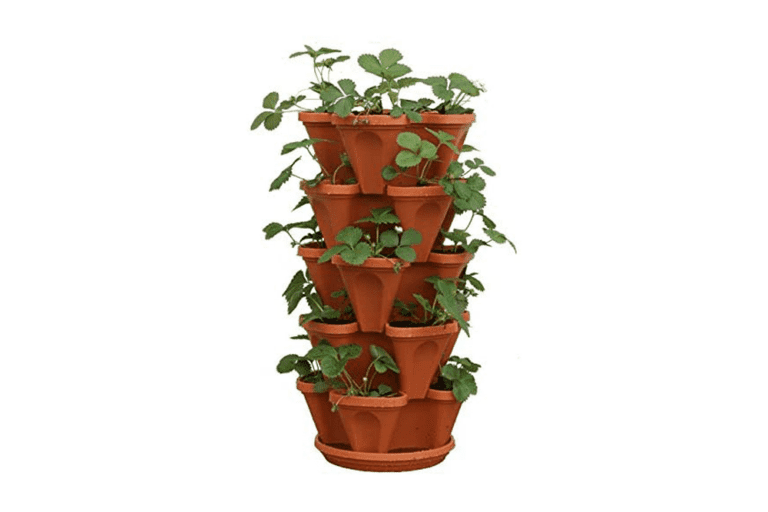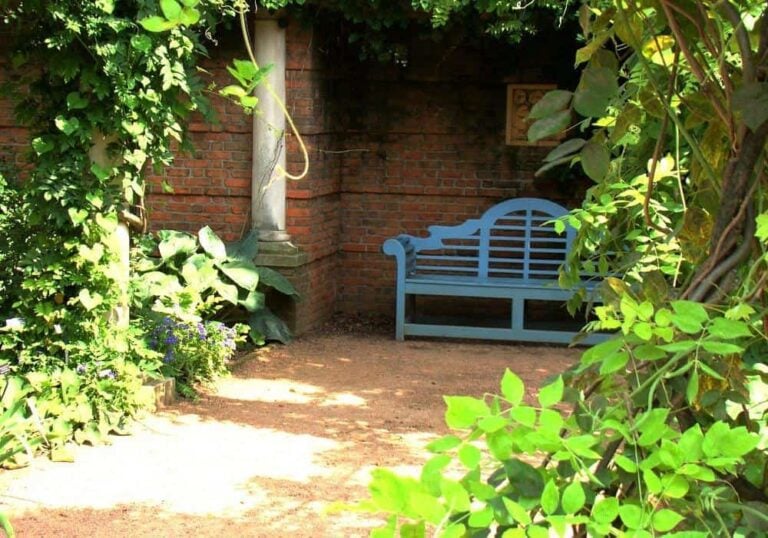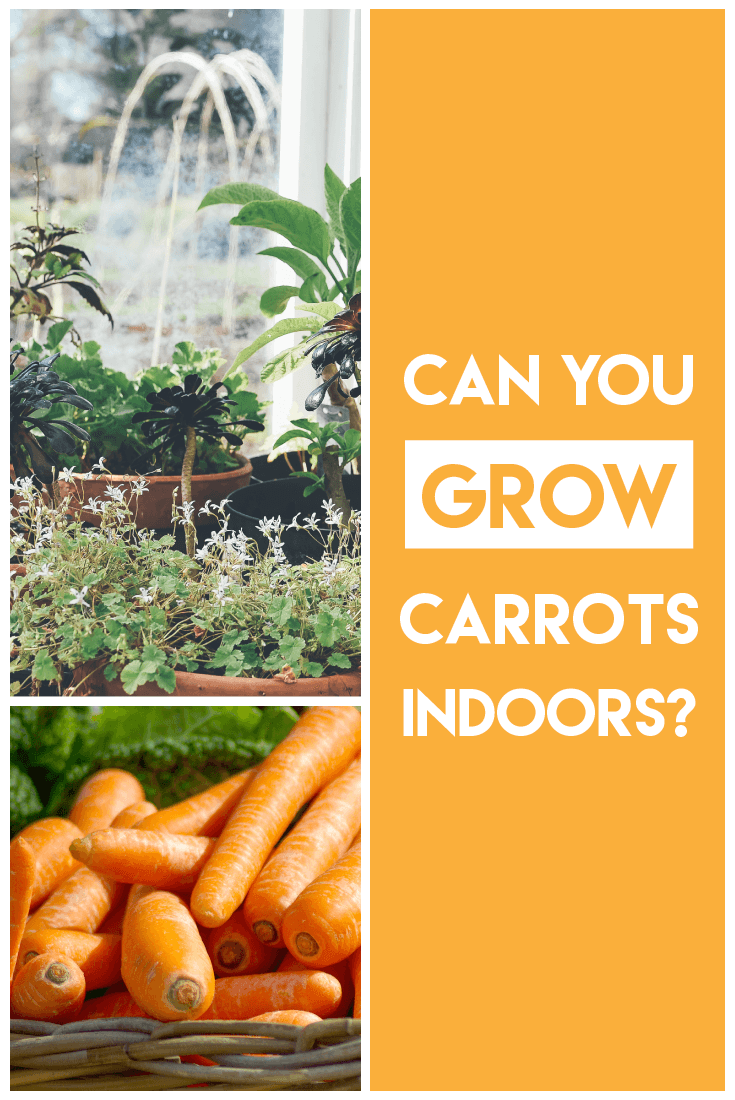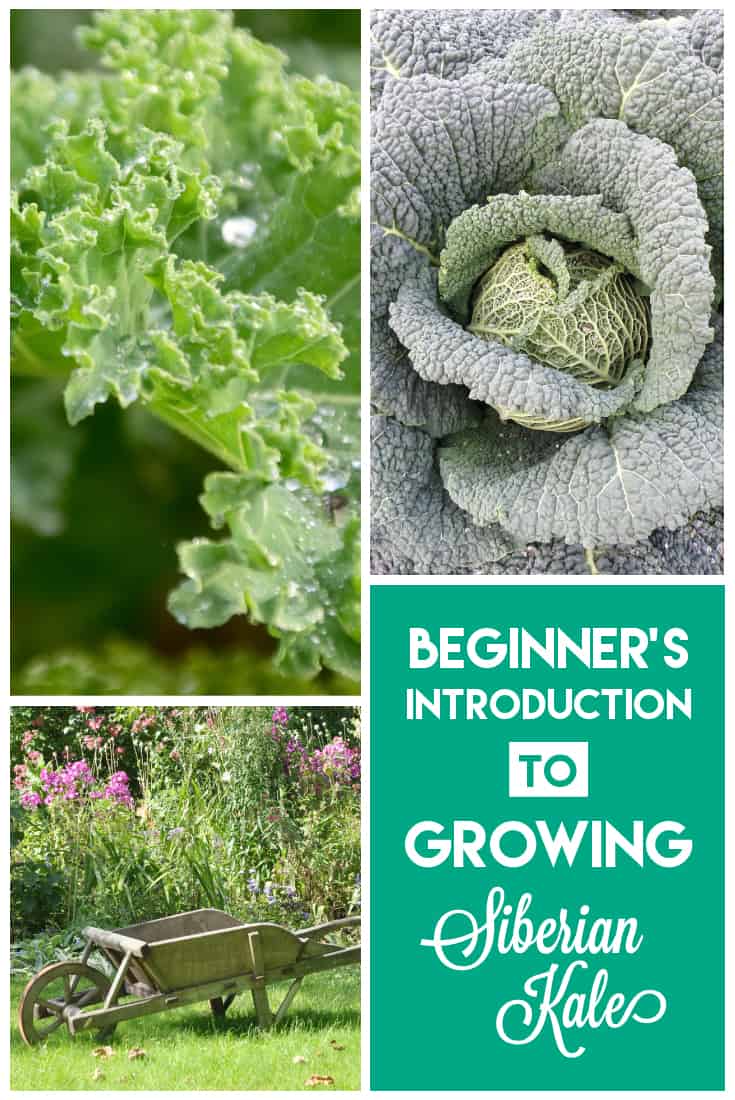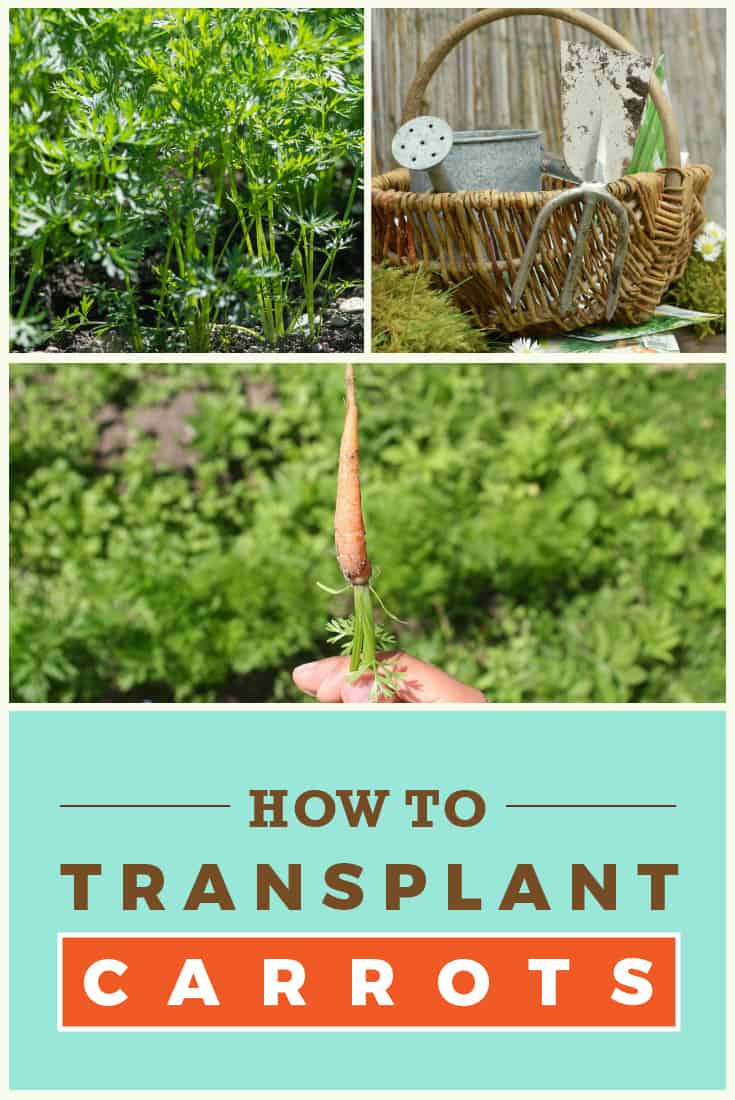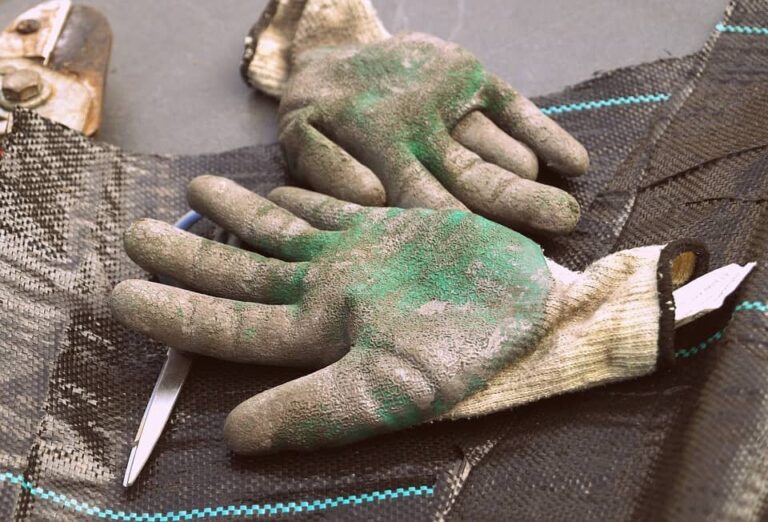Growing Lemongrass to Freshen Up Your Herb Garden
Root lemongrass stalks by placing them in a container with about an inch of water. Once roots are established, transfer to a well-draining, fertile soil in a pot at least 12-inches wide. Place one bulb in each container. Keep soil moistened and move containers to a sunny location for at least 6 hours per day. Harvest when lemongrass plants are about a foot high by pulling stalks from the base.
Why Grow Lemongrass?
Lemongrass is a general term for about 55 varieties of related species. It’s known for its wide variety of uses, from cooking, teas, aromatherapy, and even cosmetics. Its citrus scent and taste are perfect for adding some zing to your favorite dishes, like chicken or rice. Or, flavor teas for a lemony taste by brewing with dried lemongrass leaves. Asian dishes often use lemongrass.
Lemongrass oil extracted from the plant has several uses. It’s most known for its pest-repellent properties, keeping away pesky mosquitos or flies with its citronella content. Additionally, lemongrass has insecticidal properties that can kill ticks, dust mites, and more.
If you grow lemongrass in containers indoors or on your patio, you may notice a subtle lemongrass scent from the plants alone. Even when the strong oil is still contained in the plants, lemongrass acts as a natural pest repellent for your home.
Buying and Preparing Lemongrass
The easiest way to grow lemongrass is by growing it from stalks you purchase at the grocery store or farmer’s market. Choose stalks that still have the root end attached, which looks similar to an onion. The best stalks for growing are as green as possible to ensure freshness.
Trim the top ends of the lemongrass and pull away anything that’s browning or wilting, keeping only the fresh, green parts. You can then start rooting your lemongrass in water for easy transplanting to soil.
Take your trimmed lemongrass and put them in a glass or plastic container with about an inch of water at the bottom. Store the container by a sunny window. In a few weeks, roots will appear. Once they become a couple of inches long to ensure maturity, they are ready to plant in containers with soil.
Lemongrass containers should be at least 12-inches wide to allow the plants to spread. A container with some height is best, as lemongrass can grow 3 to 5 feet tall. Also, make sure there are adequate drainage holes so water doesn’t pool in the container.
Your soil needs to be fertile and well-draining. A potting mix will work well, but find a nitrogen additive, as it will help your lemongrass plants thrive. Mix some water in with the soil before you plant lemongrass to keep it thoroughly moistened.
Planting Lemongrass in Containers
Use one container per bulb of lemongrass. Dig a hole in the center of the container big enough for the rooted bulb to fit in. Place the bulb in the hole so that it will be slightly covered by soil. Firm the soil back around the bulb.
Place the lemongrass containers in a sunny spot in your garden through the day, or, if you have room in your home for the large containers, by a sunny window. Your lemongrass should get plenty of natural light and warmth each day.
Caring for Lemongrass
Lemongrass needs to grow in a consistently moist soil, so check your containers frequently and water when needed. Maintain a schedule of at least 6 hours of sunlight per day, optimally outdoors. Indoor plants typically produce less stalks because they don’t get adequate amounts of sunlight.
Fertilize lemongrass with a nitrogen-rich fertilizer if you don’t have a nitrogen-rich soil. Plants can be fertilized every couple of weeks, if desired.
Sometimes, lemongrass will thrive so well that it outgrows its containers. This doesn’t typically happen with indoor plants, but if you keep your lemongrass mostly outdoors, it’s possible. If this happens, you can separate off some stalks to prune back your plants.
Keep lemongrass away from pets, if you have them. Cats, especially, are drawn to the scent and will chew the grass.
Common Diseases to Affect Lemongrass
Since lemongrass is a natural pest repellent, the plants rarely suffer from pest infestations. However, disease can still be a problem, even with indoor plants, especially if your plants are overwatered or not getting enough sun or heat.
Lemongrass is especially prone to rust, which occurs when lemongrass plants aren’t grown in the proper conditions and don’t grow as vigorously as they should. You’ll notice yellow or brown spots or streaks on the lemongrass stalks. Prevent rust by ensuring the plant grows vigorously with proper watering, sunlight, and fertilizer.
Leaf blight, a fungal disease caused by contaminated soil, may also turn your lemongrass brown, or produce reddish brown spots. If you suspect leaf blight, prune the infected leaves and treat with a fungicide. Check your other lemongrass frequently if you used the same soil in your other containers.
Propagating, Harvesting, and Storing Lemongrass
Lemongrass grows best when it’s harvested frequently once plants become established. When you harvest leaves, it encourages the plant to produce more, creating a fuller, more productive lemongrass plant.
You can propagate lemongrass to create new plants from old plants by gently pulling off a few stalks by the base of the plant. You should have a small, white part on the bottom, which you can root in water the same way as you did your store-bought lemongrass to grow new plants.
You’ll harvest your lemongrass stalks the same way, once plants are about a foot high and stalk bases are at least ½-inch thick.
The part you’ll use for cooking is the bottom part of the stalk. You can peel it open, almost like an onion, and remove the white, reed-like part. You can chop or slice this part and store what you aren’t using immediately in an airtight container in the freezer.
Photo by Iqbal Osman licensed under CC BY-SA 2.0

